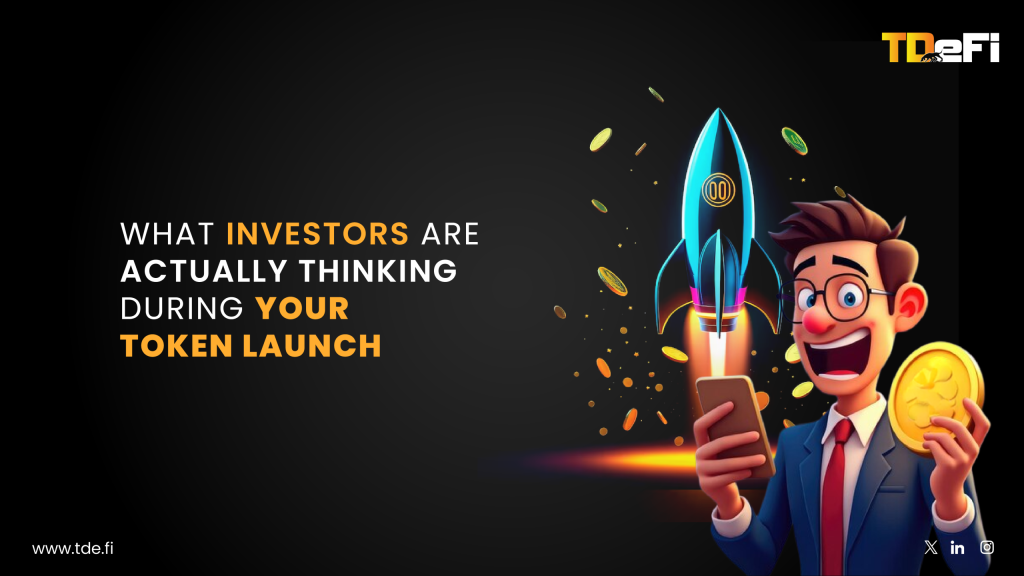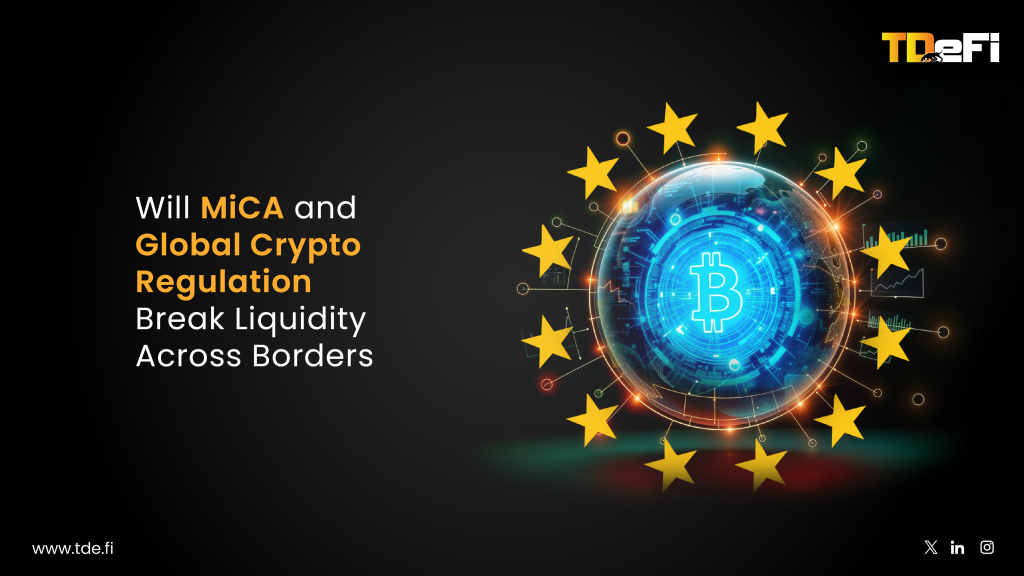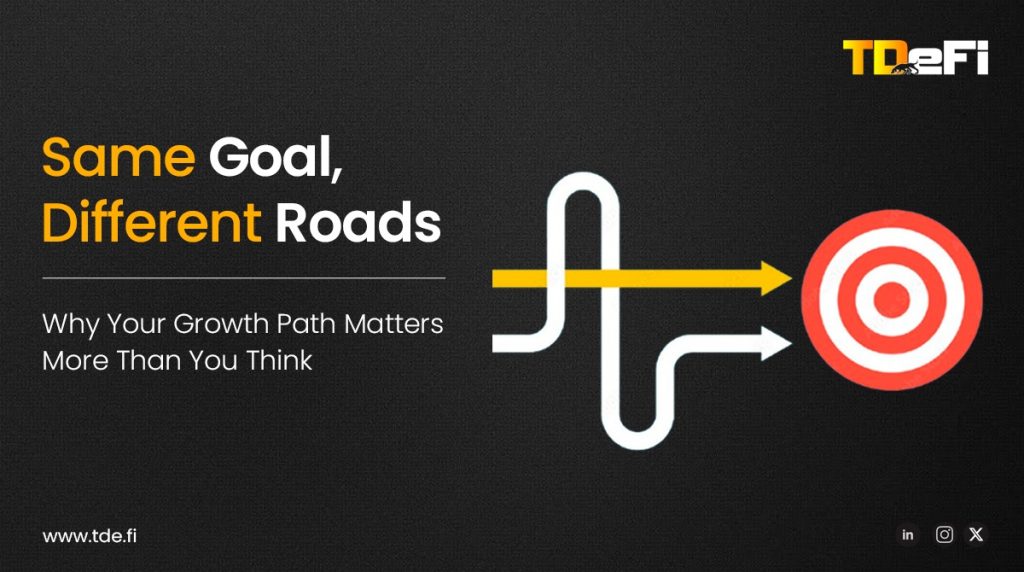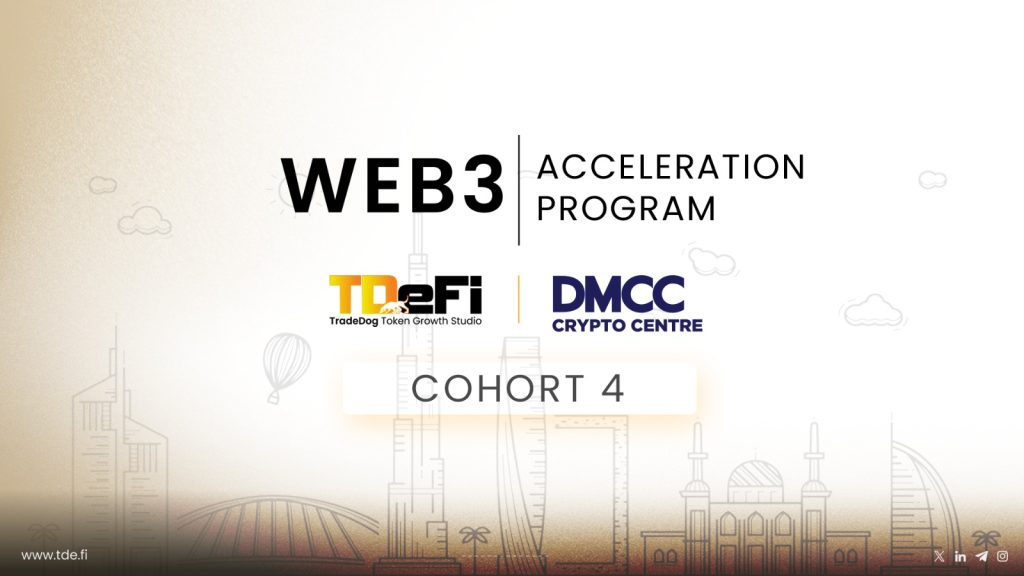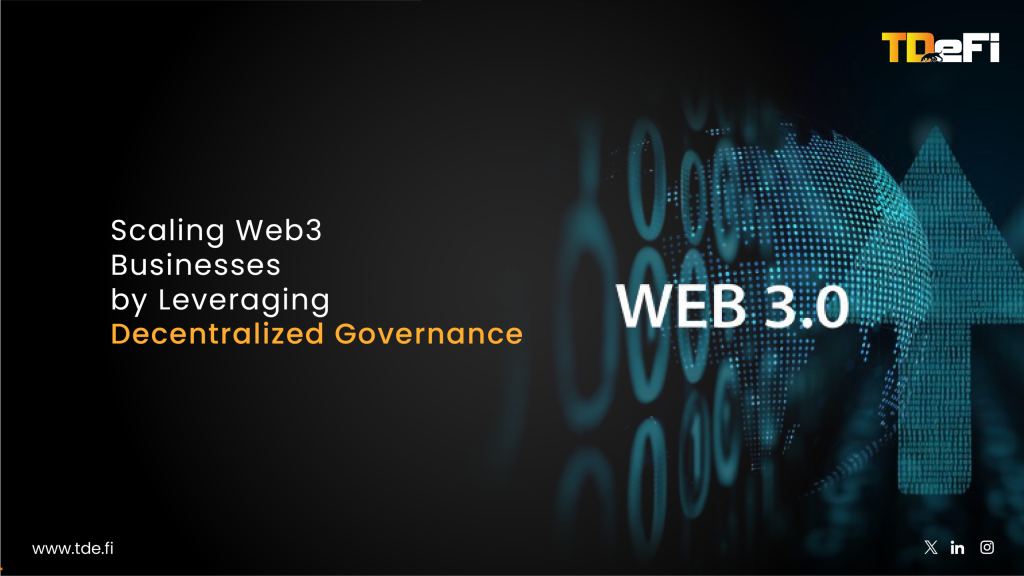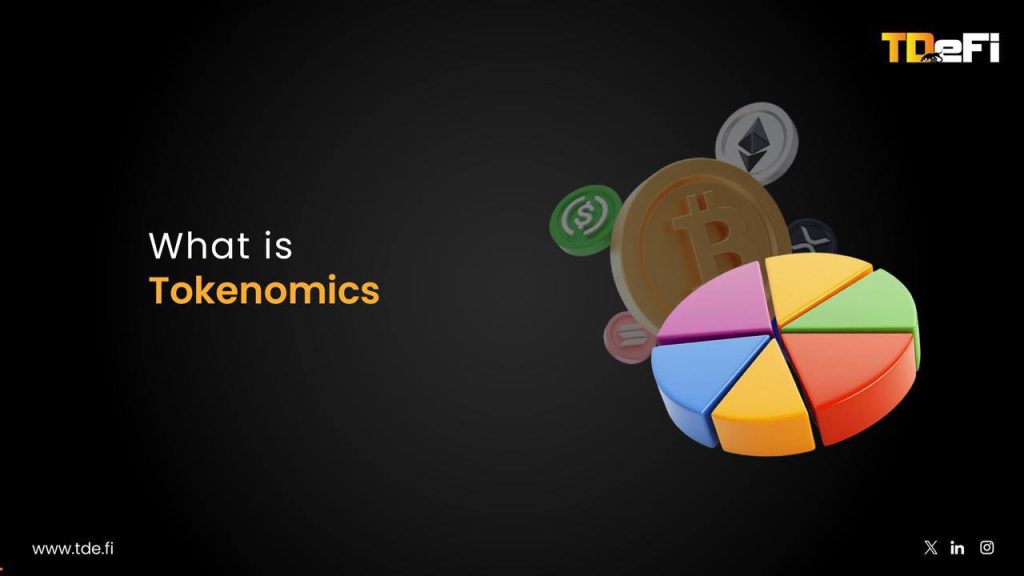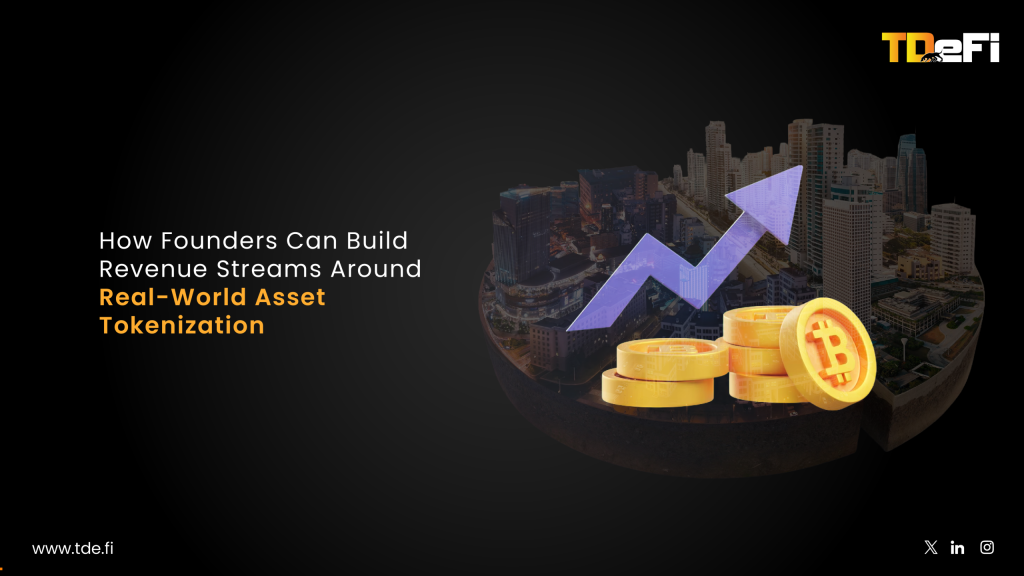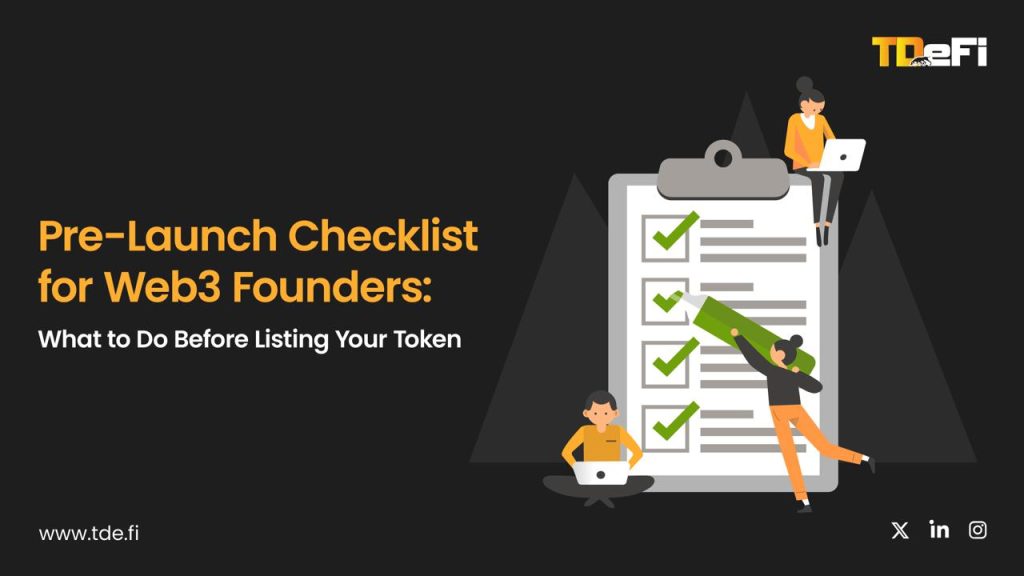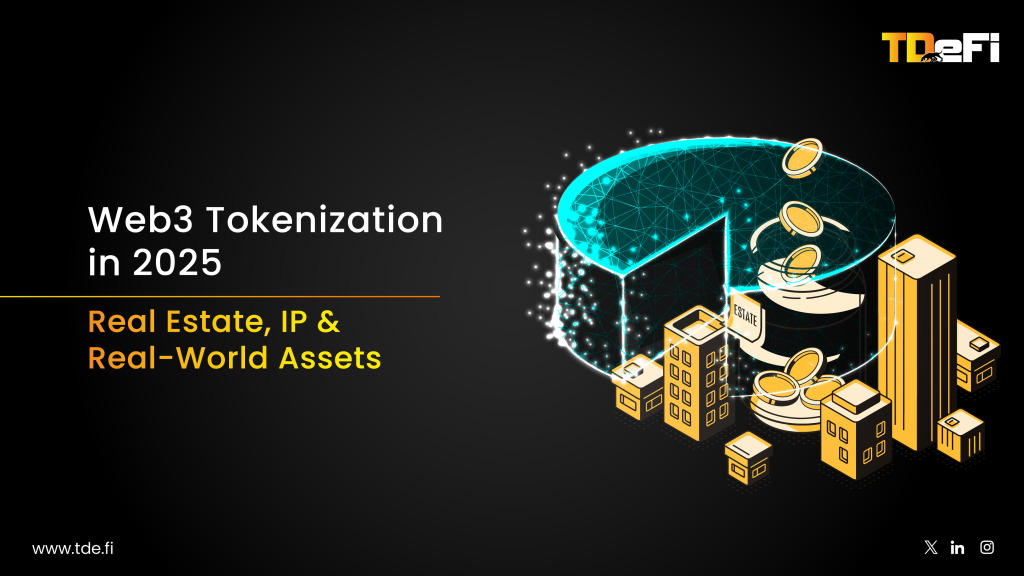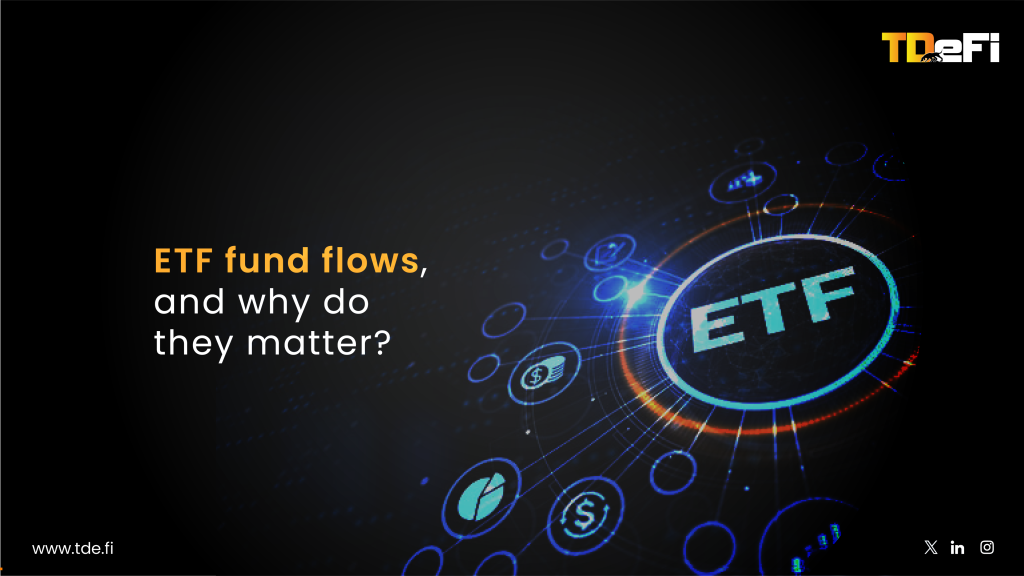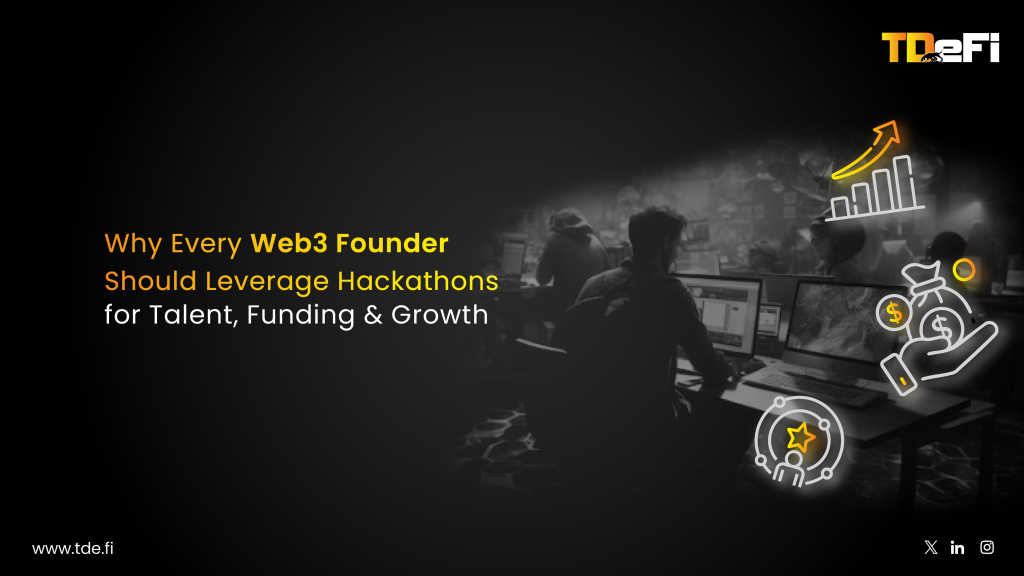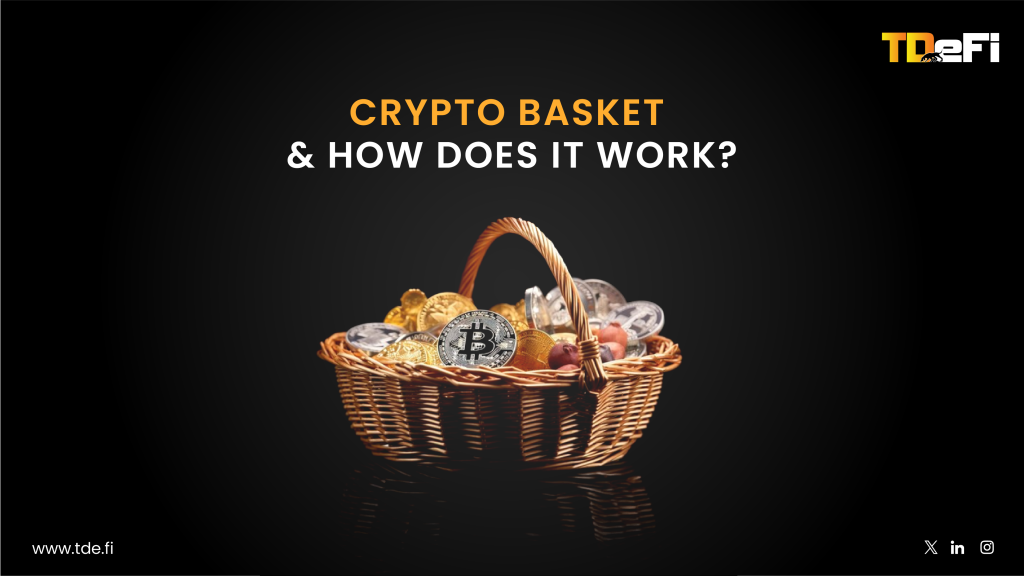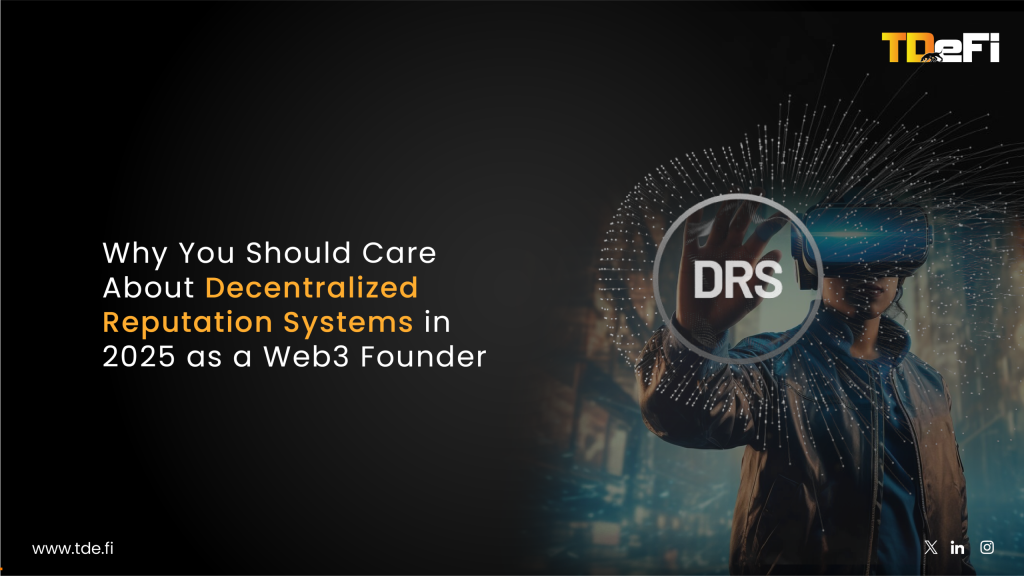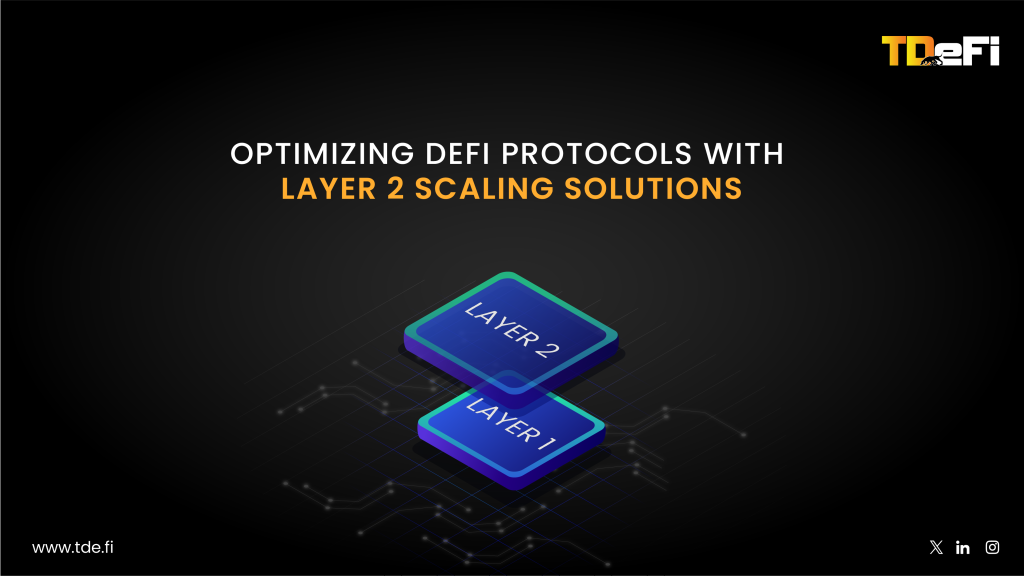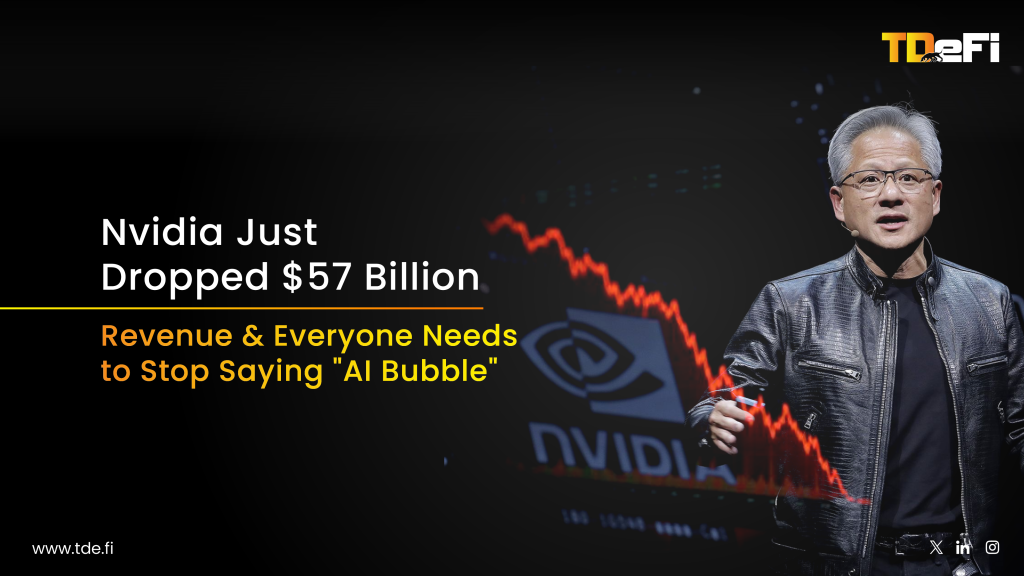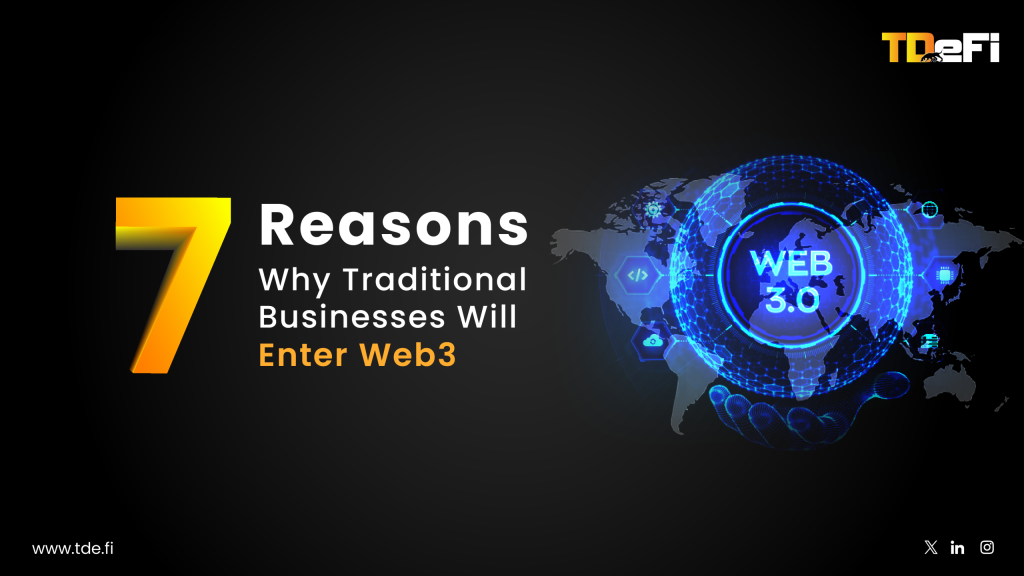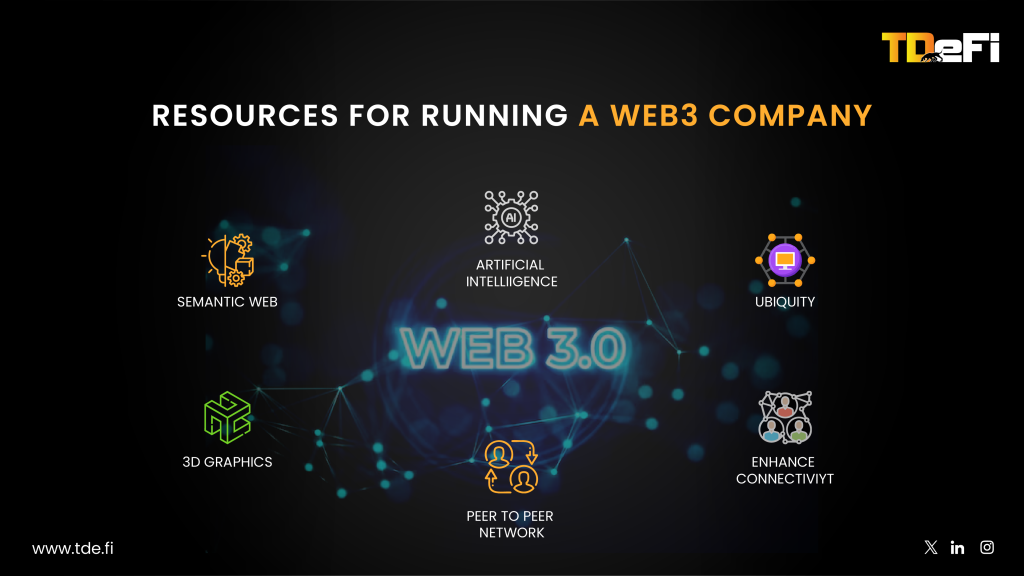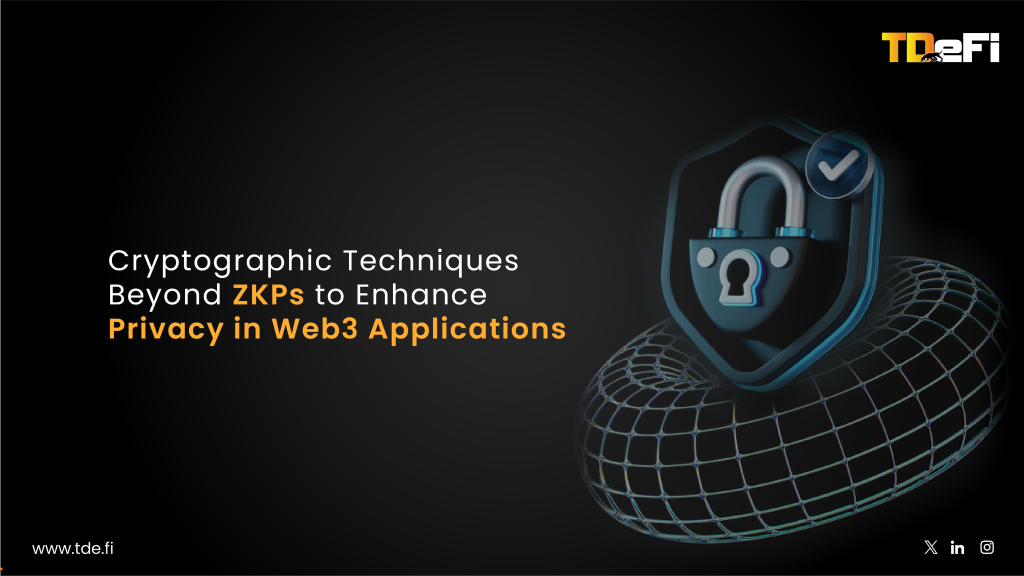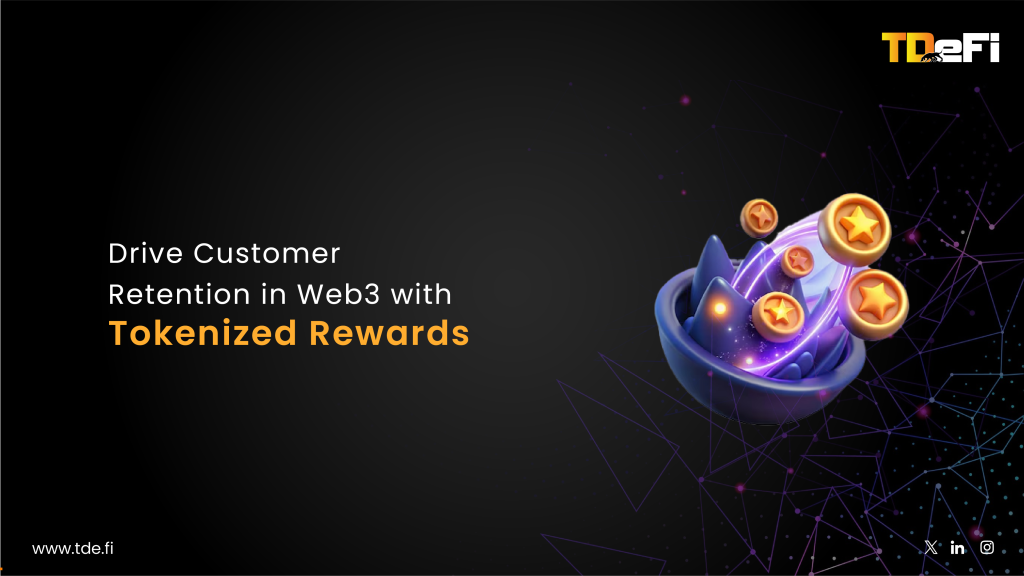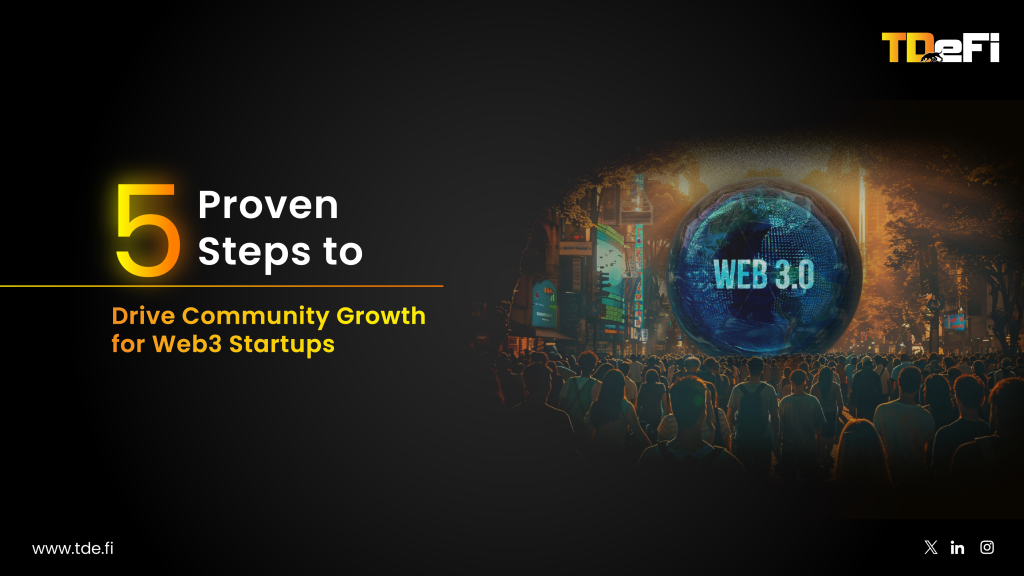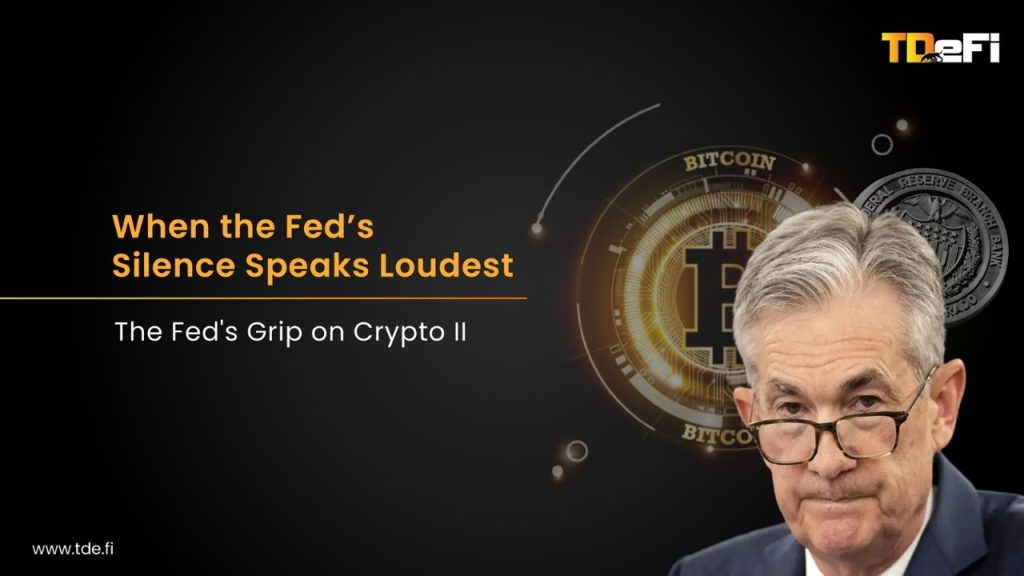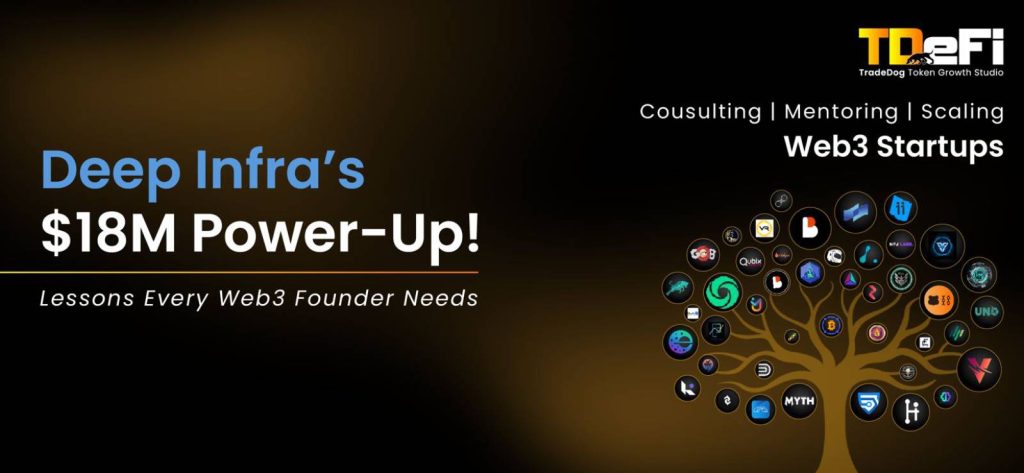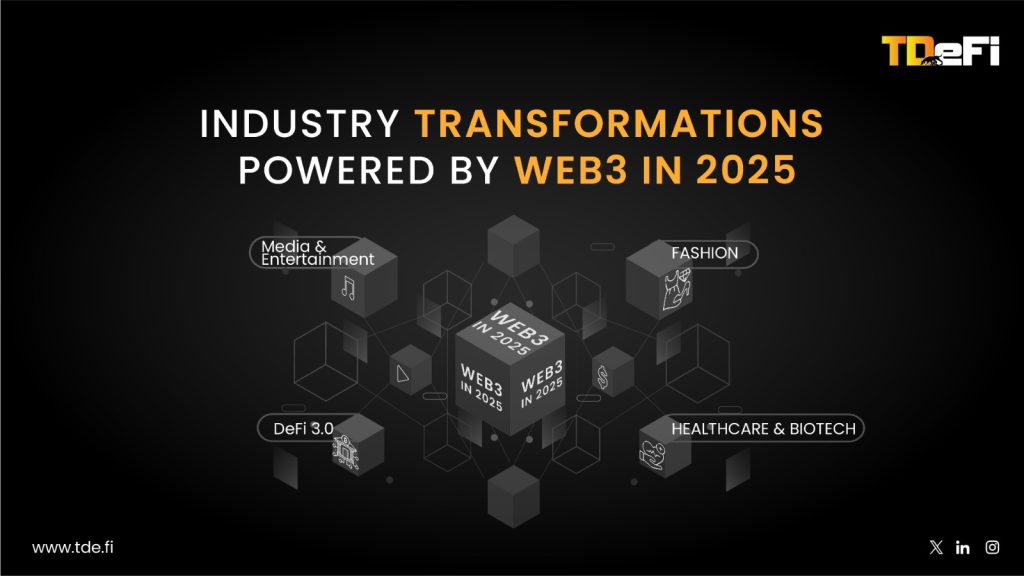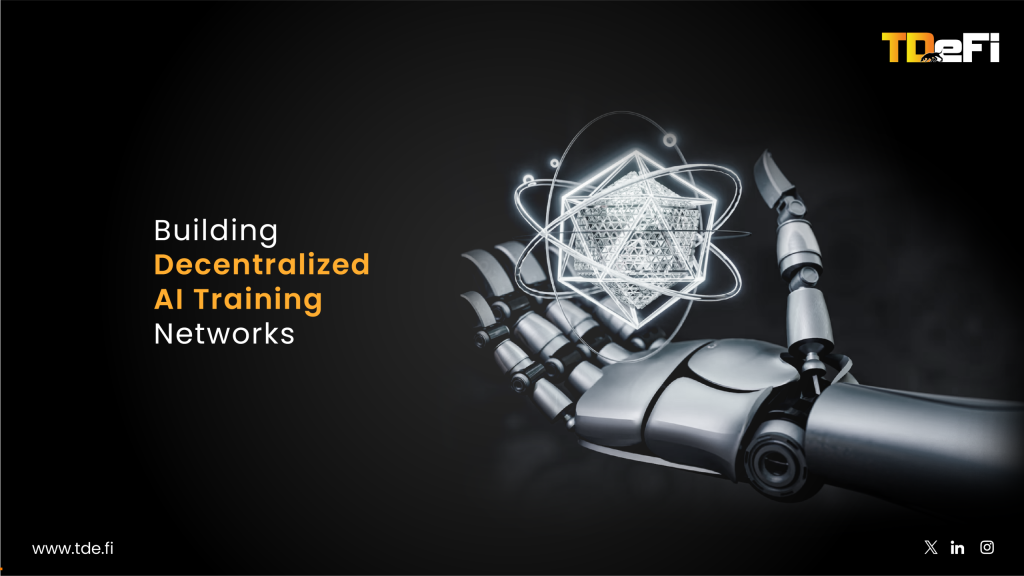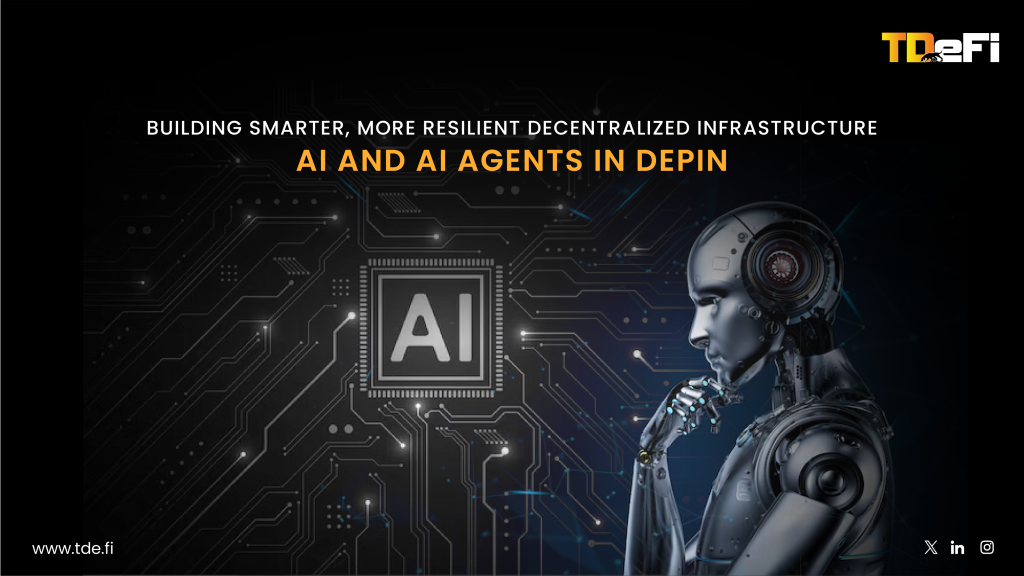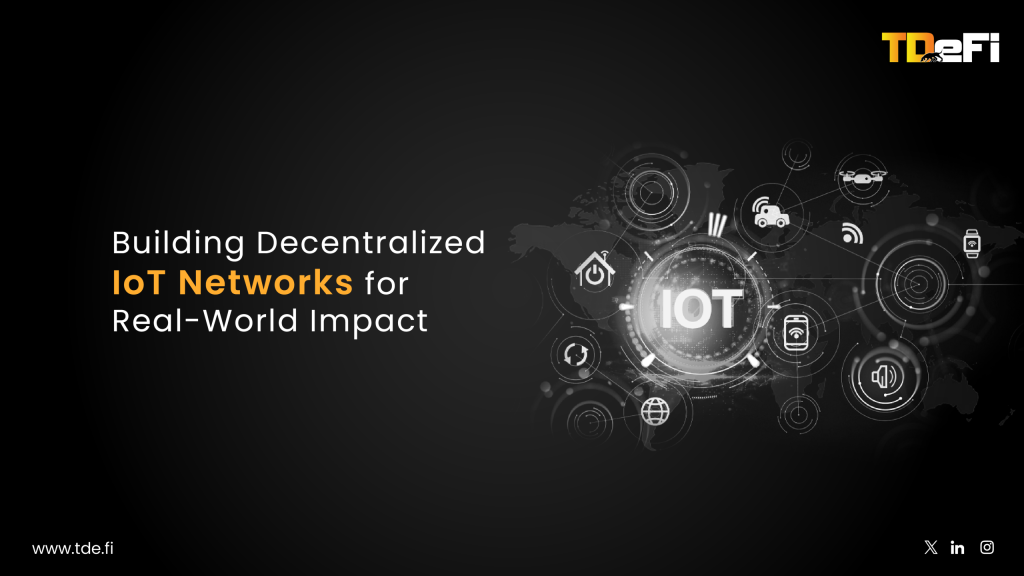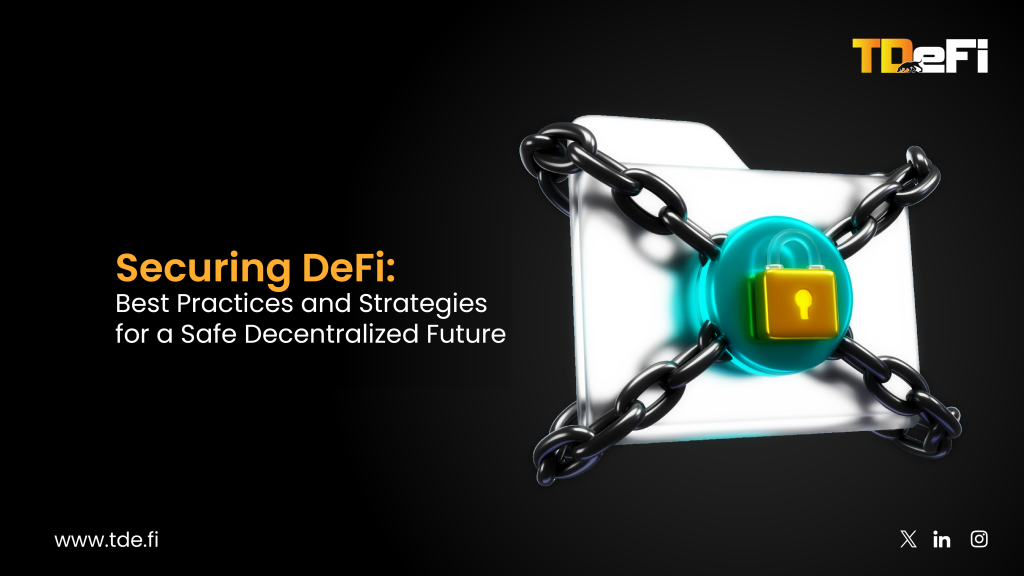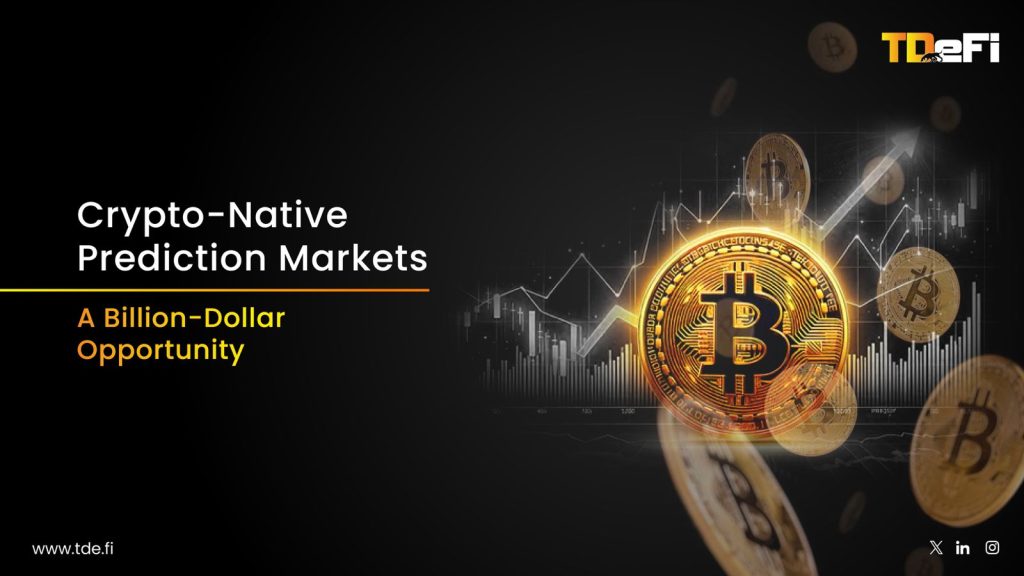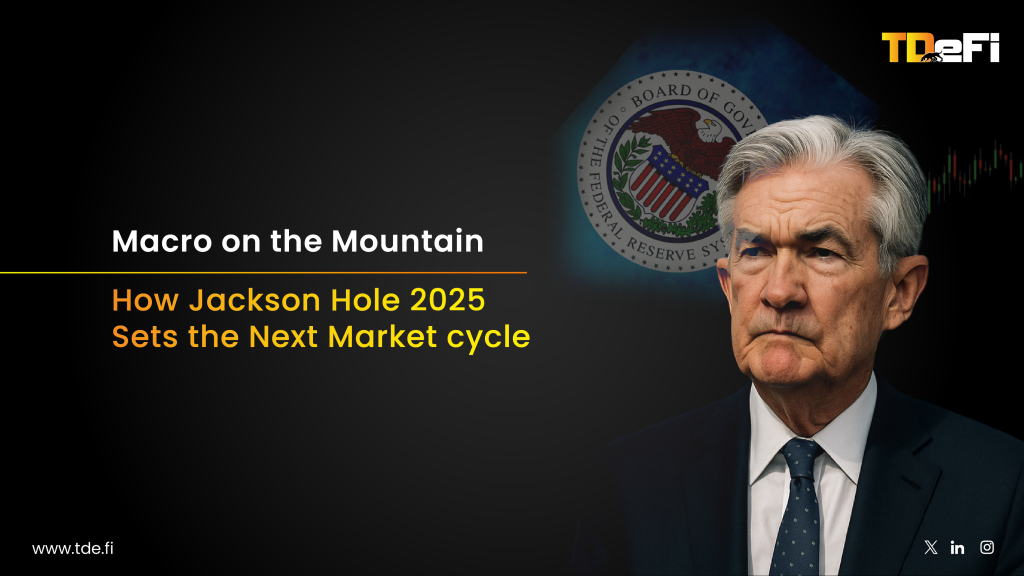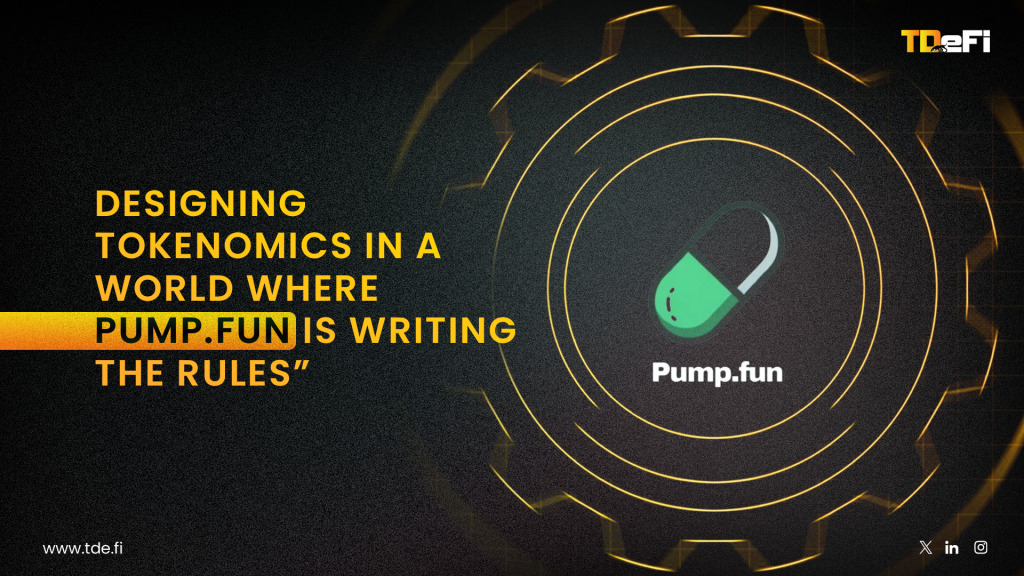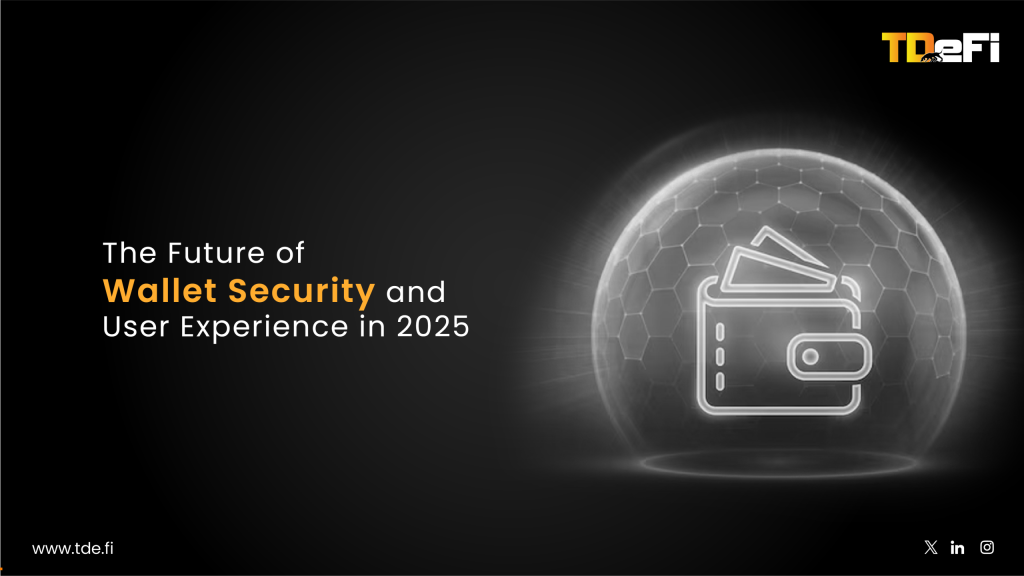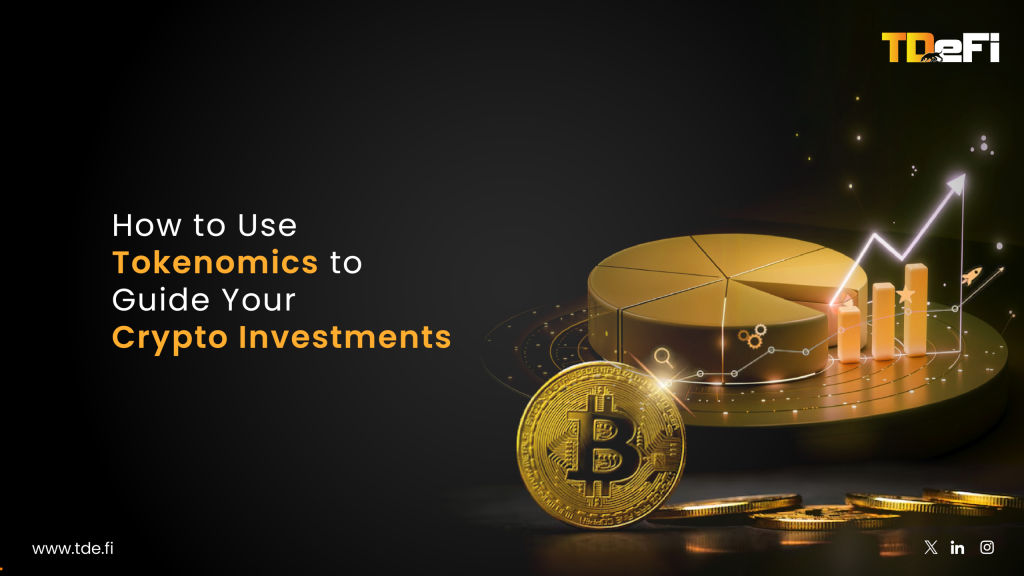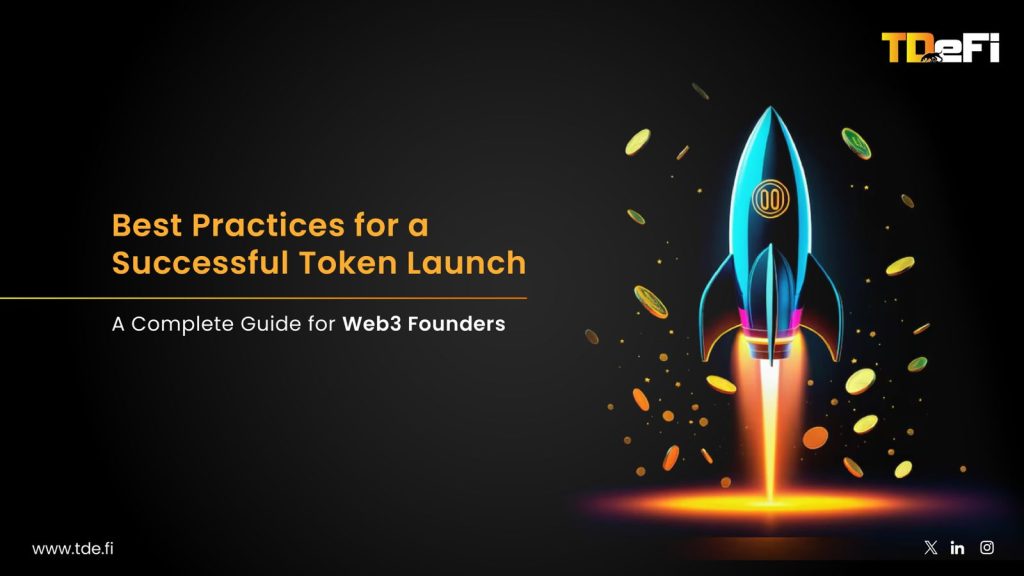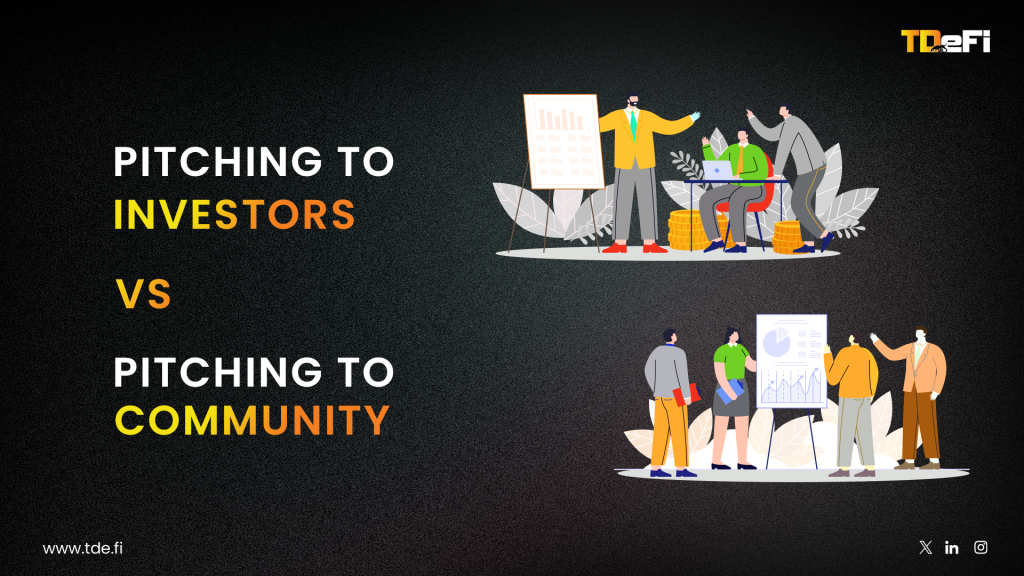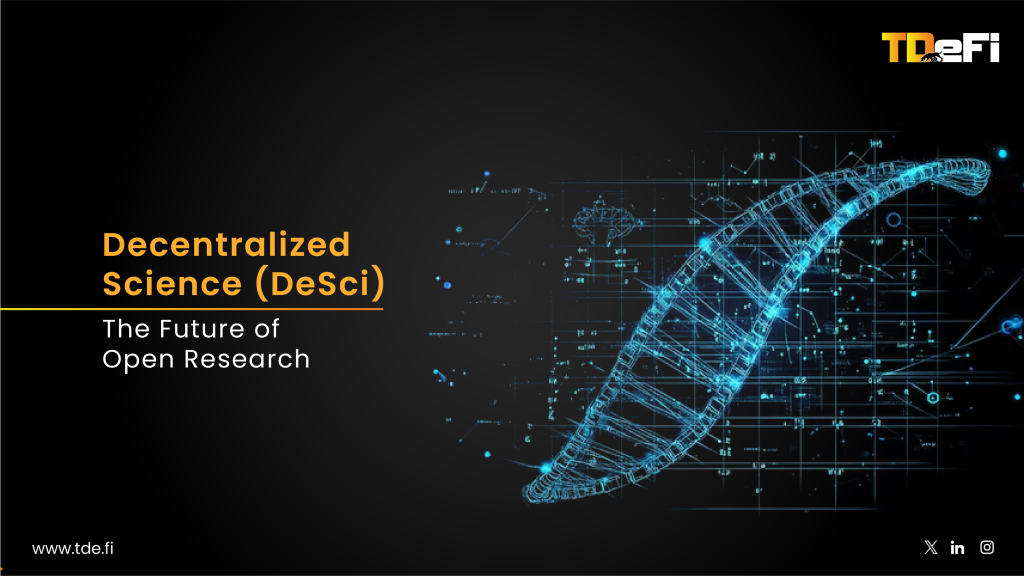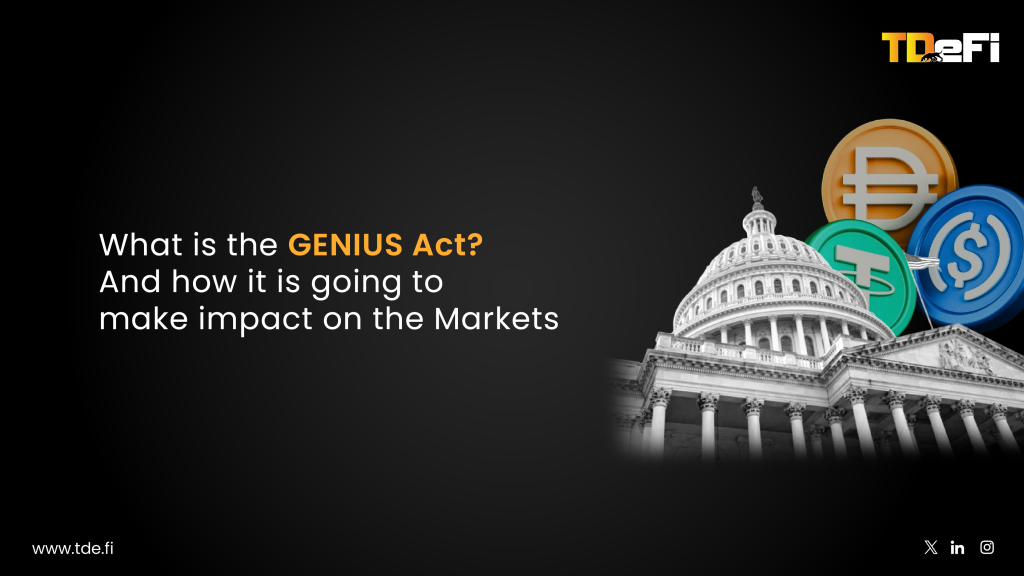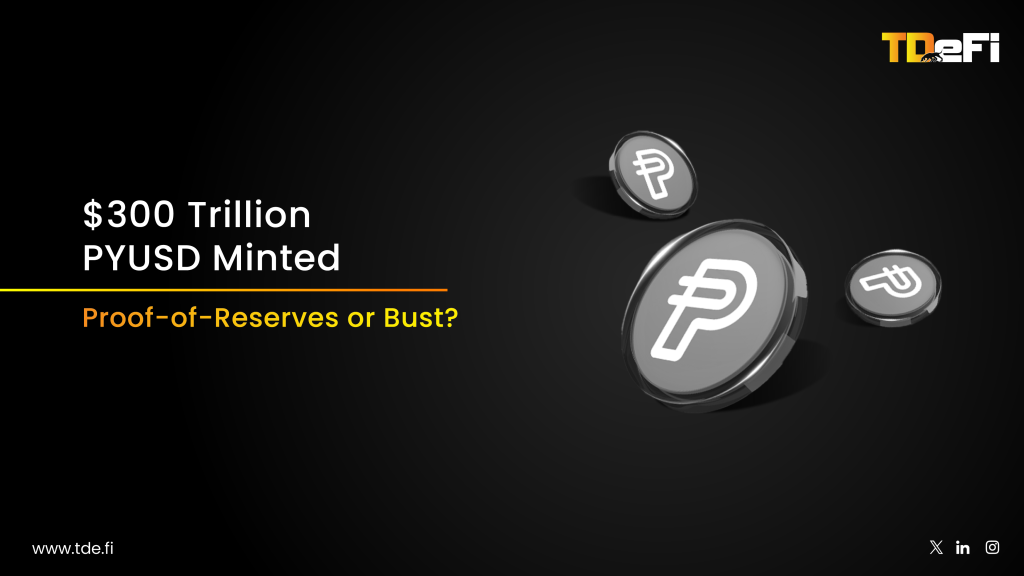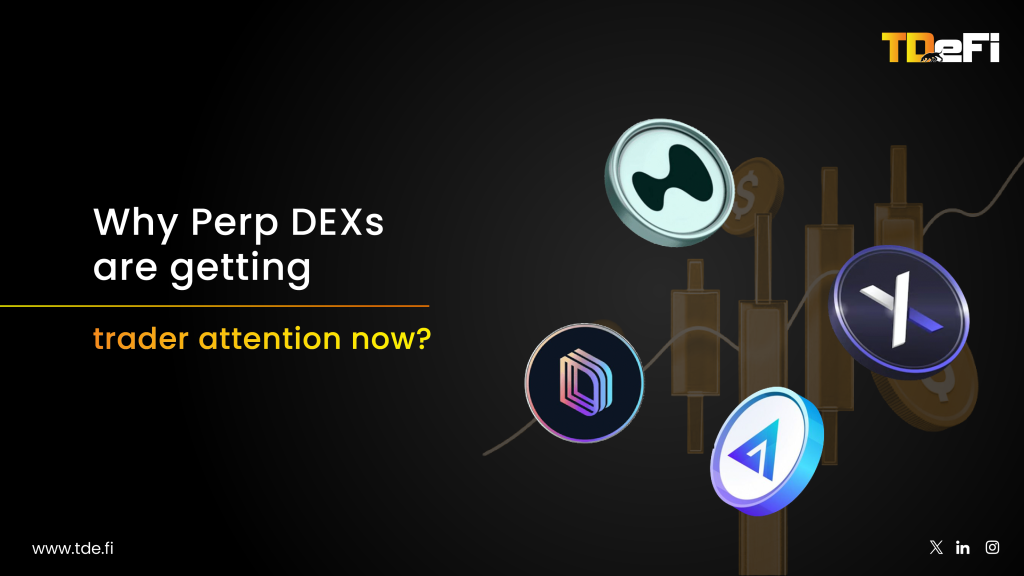We all know the hype of the Agentic Economy, and how it is transforming be it A2A communication protocols, Agents IDs and the creation of an ecosystem which supports autonomy. But in recent, x402 a type of open payment protocol is launched and people are embracing it for real, let’s quickly look into it and see how crypto founders & companies can leverage/optimise it –
What is x402?
x402 is an open payment protocol that utilizes the long-reserved HTTP status code 402 – “Payment Required” for real use. Back in the 1990s, web pioneers like Tim Berners-Lee anticipated that digital content might require built-in payments. They reserved 402 for this purpose, envisioning a future of seamless internet micropayments. For decades, however, this code lay dormant – there was no standard way to handle payments in HTTP, and micropayments never took off due to technical and economic hurdles.
Now x402 (sometimes called “HTTP 402 extended”) brings that vision to life, embedding payments directly into the web’s request-response cycle. Co-developed by Coinbase and Cloudflare, x402 repurposes the 402 code as a “common language” for machines to negotiate payments over HTTP .
| Feature | x402 | Credit card | PayPal | Ethereum L1 |
| Avg fee | <$0.0001 | $0.30 + 2.9% | ~3% + markup | $1–$5 + gas |
| Settlement finality | ~2 seconds | ~Days (batch) | Instant auth, days net. | ~1–2 min for confirmations |
| Chargebacks | No | Yes, up to 120 days | Yes | Not reversible |
| Scalability (TPS) | ~Hundreds to thousands TPS | 24K TPS globally | Varies; limited by account/payment provider | ~15–20 TPS |
x402 is really the internet’s own micropayment layer. It enables instant, on-chain micropayments (as low as fractions of a cent) for APIs, web content, and digital services. Crucially, it’s chain-agnostic and open-source – no single company controls it, and it can potentially work with various tokens or currencies in the future. Today, it primarily uses stablecoins (e.g. USDC on Coinbase’s Base blockchain) for fast, low-cost settlement. By using stablecoins, x402 achieves near real-time settlement (~2 seconds) on chain, and zero protocol fees (facilitators like Coinbase’s service waive fees). This means payments via x402 can be tiny (on the order of $0.001) and still economically viable – a stark contrast to credit card networks where a $0.50 charge wouldn’t even cover the ~$0.30 fixed fee.
How it works: The flow is straightforward:
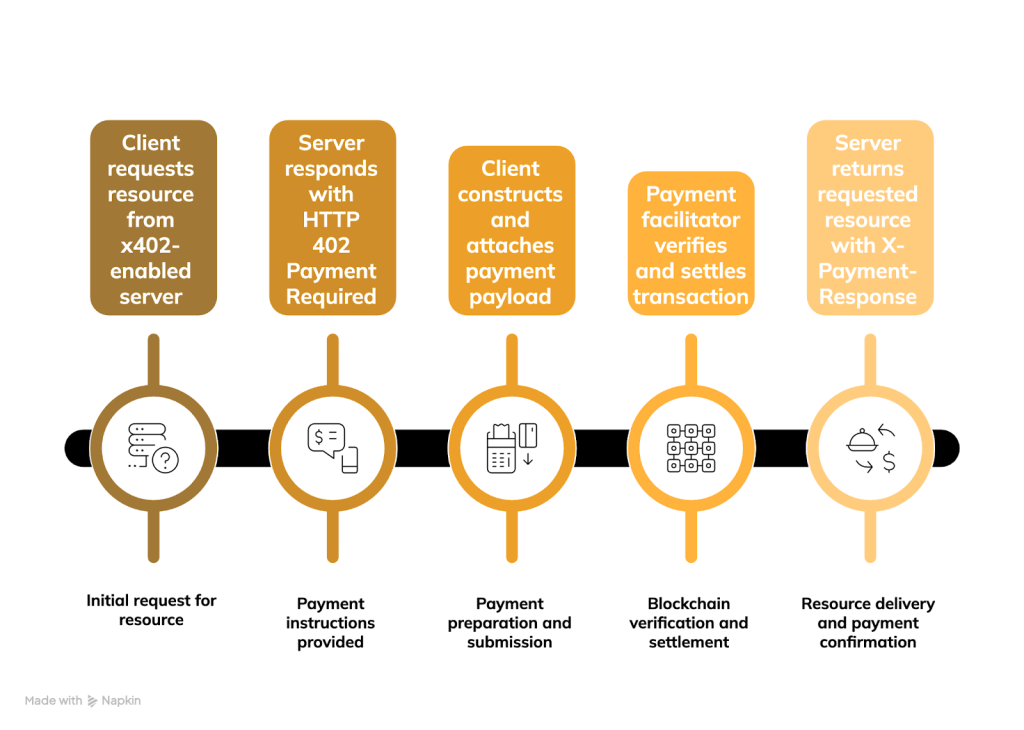
So now when a website, API, or AI agent returns a 402, it’s not an error anymore.
It’s a price tag!!
Working Simply Explained
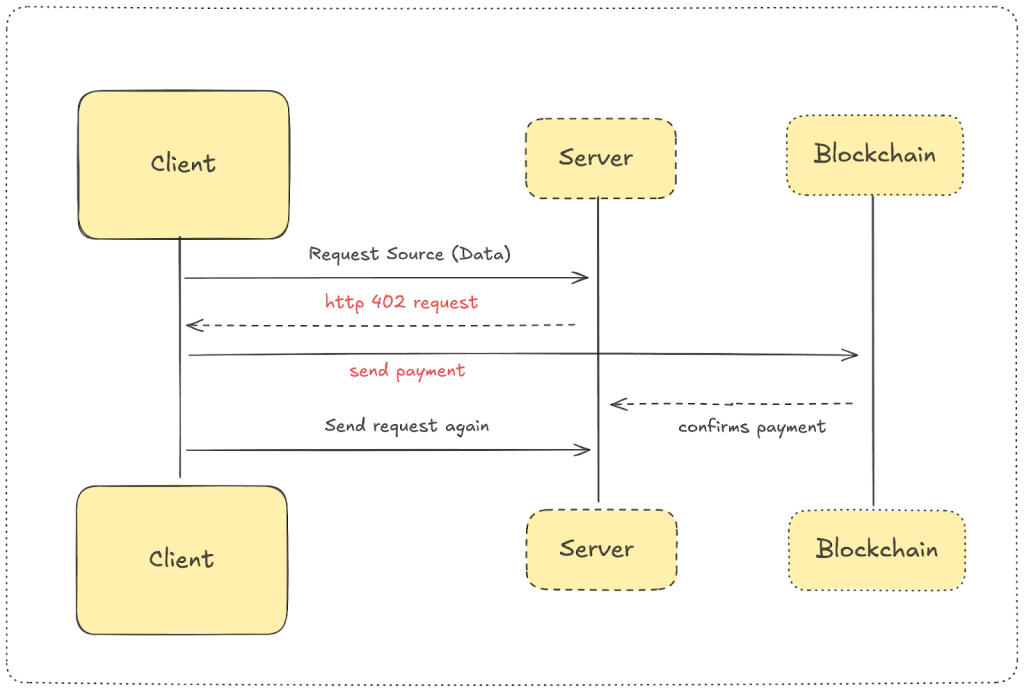
Why x402 Matters (Especially in the Age of AI Agents)
Let’s be real, the revival of HTTP 402 comes at a pivotal moment. We’re entering an era of “agentic commerce”, where AI agents, bots, and IoT devices can act on our behalf online – not just browsing information, but conducting transactions. Currently for a payment a person clicks “Checkout,” enters credentials, and manually approves each purchase. This system is only for humans, not agents.
That’s where x402 shines. An AI agent can encounter a paywalled API or data source and handle the payment through x402 automatically, enabling truly autonomous operation. For example, an AI research assistant could pay per query to access premium data, or a personal assistant agent might rent computing power on the fly, all via x402 transactions that settle instantly in stablecoins .
Here’s a fact:
Cloudflare reports over a billion HTTP 402 responses are already being sent daily by websites to bots and crawlers trying to access content. In other words, every day billions of automated requests hit paywalled resources – but until now, there was no standardized way for the bots to actually pay and proceed.
This literally flips the script on web monetization. Instead of relying on ad-hoc methods (like blocking bots or forcing expensive subscriptions on human users), providers can monetize per use at a fine-grained level. Every API call or page view can become a revenue event if needed. And because the fees are so low (no human checkout friction, negligible fees), micropayments finally make economic sense. For instance, x402’s design makes payments as tiny as $0.001 feasible.
Rapid Evolution and Adoption in 2025
x402 has quickly gone from an experimental idea to a standard within a short span, thanks to a flurry of developments in 2023–2025. Here’s how the ecosystem is evolving:

Source: x402 explorer
Aggregated data from sources like DefiLlama, Dune & Coingecko: Over the past 90 days, 1.73Mn transactions, $819 Mn Market Cap & $634k 24 hour volume is very huge!!
Conclusion , So what’s the take here..
This is really transforming but still, challenges remain. Security and trust are necessary, like for instance provider resistance to pay-per-use (70% idle quota profits lost) – which is why pairing with standards like AP2 (ensuring proper authorization and audit trails for agent payments) is important. Users (and regulators) will demand confidence that an AI agent spending money truly had permission to do so. Work on digital identity, verifiable credentials, and on-chain reputations for agents is underway to address these concerns.
Early adopter feedback is fueling improvements – for example, Cloudflare’s team proposed a “deferred payment” extension to handle cases where immediate on-chain settlement isn’t ideal (like aggregating a day’s worth of tiny web-scraping charges and settling later with one payment). This would allow flexible billing models (daily invoicing, subscriptions) on top of the x402 handshake, showing how the protocol can evolve to cover more business scenarios.
Start here,
https://www.coinbase.com/en-in/developer-platform/products/x402
Nonetheless, the momentum behind x402 is unmistakable. All founders should really embrace the x402 payment protocol and quickly embed it into their payment systems—especially those operating on a credit/query basis. Projects can then make revenue per query. There are now multiple x402 facilitators (beyond Coinbase’s)—e.g., Corbits, Mogami, PayAI—some of which support multi-chain and multi-token payments or offer self-hosted options.


